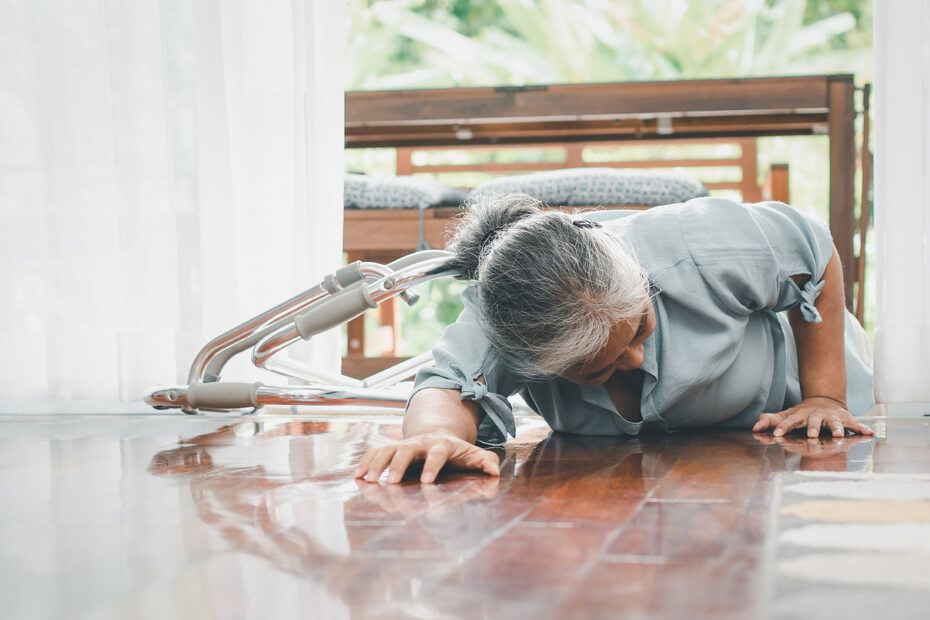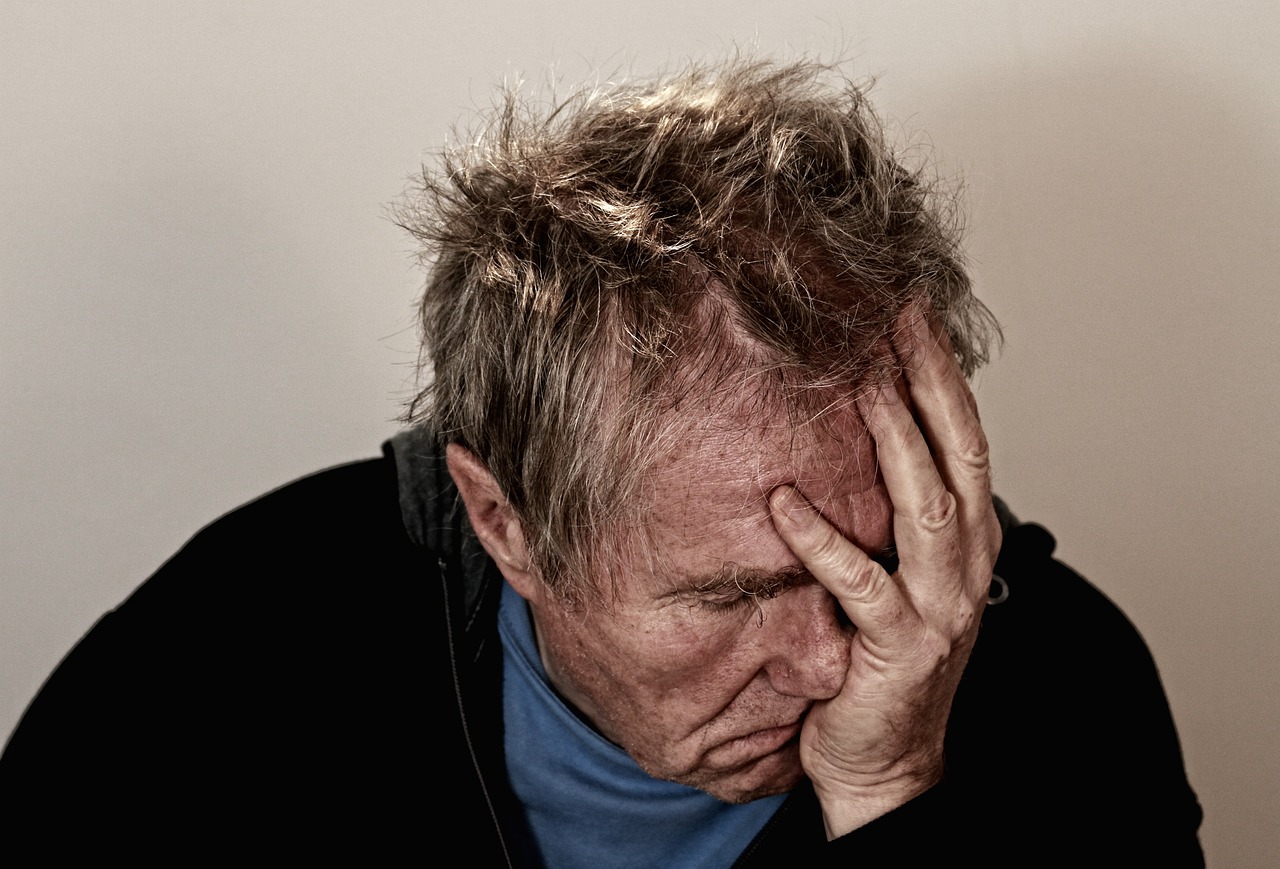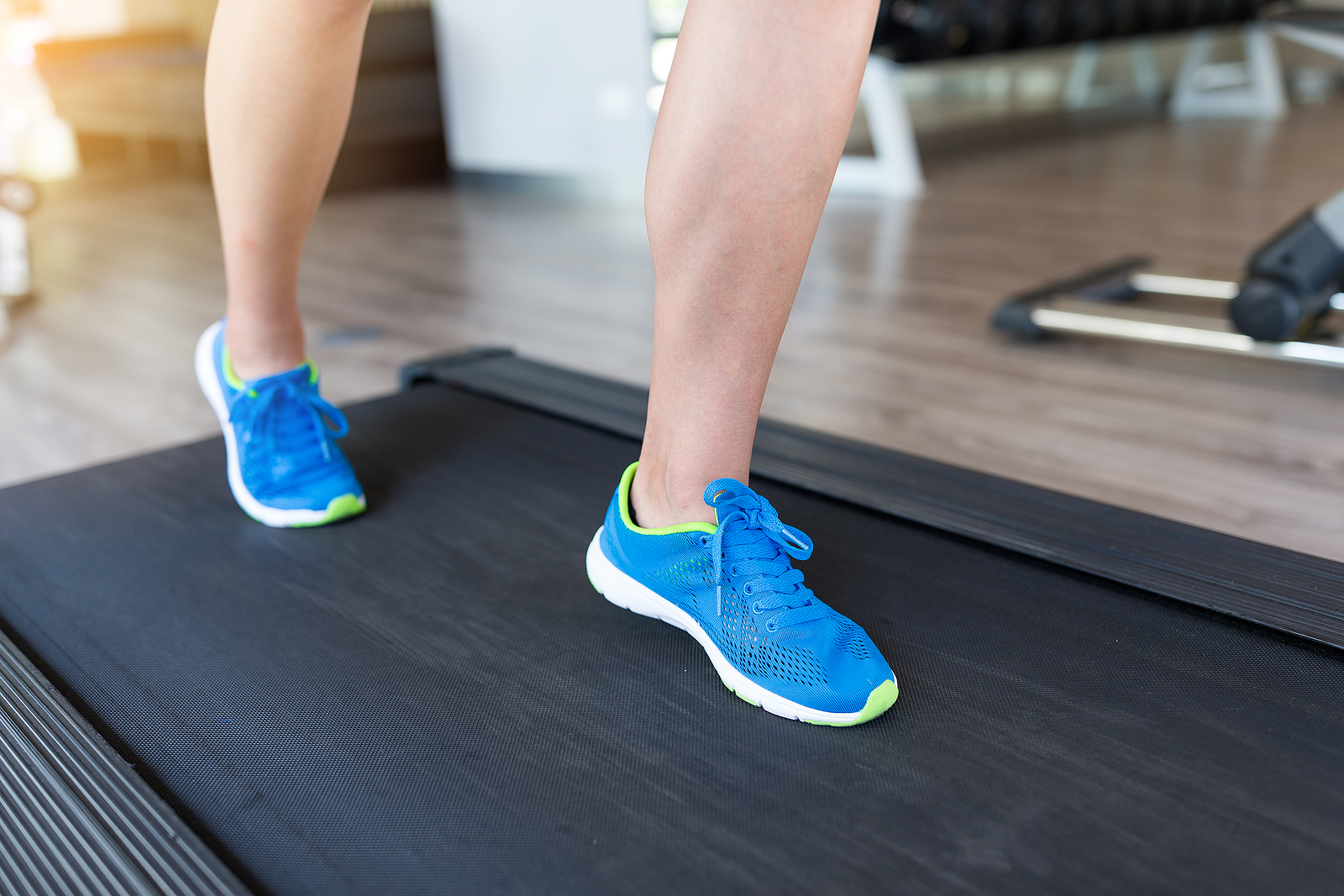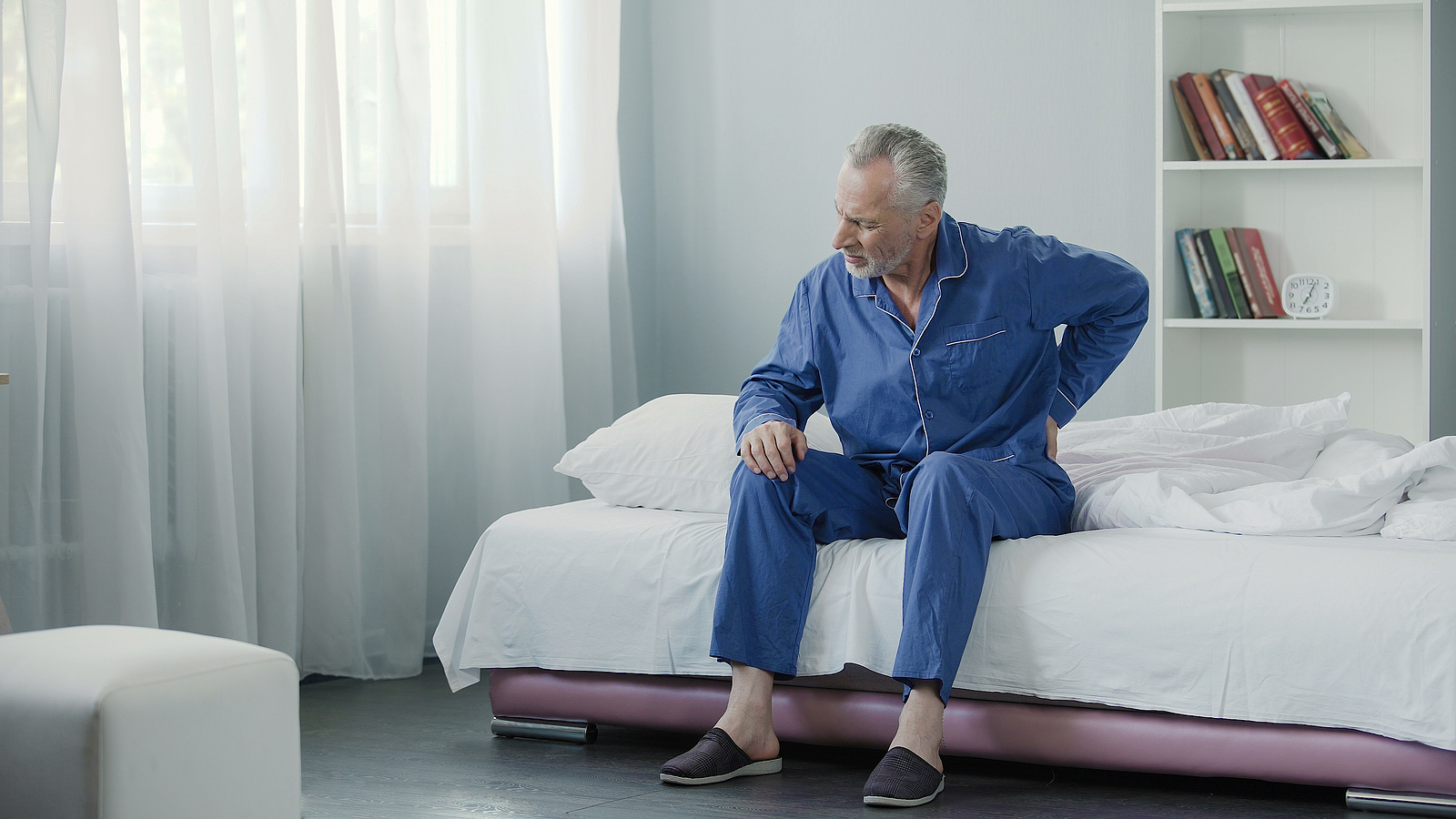Falls are a common concern for seniors and depending on who you ask, they may even be the top concern.
Which makes sense when you think about how many seniors are falling each year – according to the CDC, 1 in 4 Americans over the age of 65 experiences a fall each year.
That’s over 14 million senior-related falls a year, making falls the number 1 cause of injury for folks over 65.
These numbers are staggering, especially considering many falls are preventable in the first place.
Anyway, falls can be frightening and may result in injuries, but knowing how to safely get up after a fall can make a big difference in recovery and confidence.
So if you’re a senior or caring for one, it’s essential to learn how to respond effectively after a fall.
Below are some tips to help guide you through the process of getting up safely after a fall and assessing for serious injuries.
Stay Calm and Assess the Situation
The first step after a fall is to remain calm.
A sudden fall can be jarring, but taking a moment to assess how you feel is really important.
Don’t rush to get up immediately. Instead, check for injuries:
- Do you feel pain? Pay attention to any sharp pains, especially in areas like the hips, wrists, or back.
- Are you dizzy or disoriented? Take a few deep breaths to help clear your head and focus on how your head feels.
- Can you move your limbs? Slowly move your arms, legs, and neck to ensure there are no serious injuries.
If you feel intense pain or suspect a head injury, it’s important to call for help instead of trying to get up.
Call for Help if Needed
If you’re injured or feel unsteady, it’s important to call for help.
If you have a medical alert device or a mobile phone, use it to contact someone. If these aren’t accessible, try shouting for help.
Some seniors may want to practice using a whistle or other signaling device to alert neighbors or family members in case of an emergency.
If you’re by yourself and able to access your phone, don’t be afraid to call 911 – falls certainly count as emergencies.
How To Get Up After A Fall
If you assess that you’re not seriously injured and feel strong enough to get up, follow these steps to ensure you rise safely:
1. Prepare to Get Up: Roll onto Your Side
The position you land in after a fall will largely affect this part of the process, but regardless of whether you land on your back, front, or somewhere in-between, the first goal is to roll onto your side.
- Roll onto your side. Start by turning onto one side by gently rolling your body. This minimizes strain on injured areas.
- Rest for a moment. Moving too quickly can make you dizzy or lightheaded. Pause for a few breaths before proceeding to the next step.
2. Get to Your Hands & Knees
The next goal is to get onto your hands and knees:
- Push up onto your hands and knees. Place your hands flat on the floor and slowly push yourself up onto your hands and knees. Keep your movements slow and controlled.
- Crawl to a sturdy surface. If you’re near a stable piece of furniture, such as a chair, bed, or couch, crawl toward it. This will give you support as you attempt to stand.
3. Use a Stable Object to Stand
Once you’re near a sturdy surface, follow these steps to get back on your feet:
- Place your hands on the chair or bed. Use both hands to grip a stable surface for support.
- Bring one leg forward. Place one foot flat on the floor, with your knee bent, so you’re in a half-kneeling position.
- Push up with your legs. Using the strength of your legs and arms, push yourself up into a standing position, using the stable object for support. Take your time and ensure you’re stable before fully standing.
Sit Down and Rest
Once you’re back on your feet, it’s important to sit down and rest for a few minutes.
This gives you more time to really assess how you feel and think about how the fall occurred in the first place.
Keep in mind, a fall can be stressful on your body, even if you didn’t sustain a serious injury.
Sit in a comfortable chair, take deep breaths, and drink some water. If you start to feel dizzy or weak again, remain seated and consider calling a healthcare provider for advice.
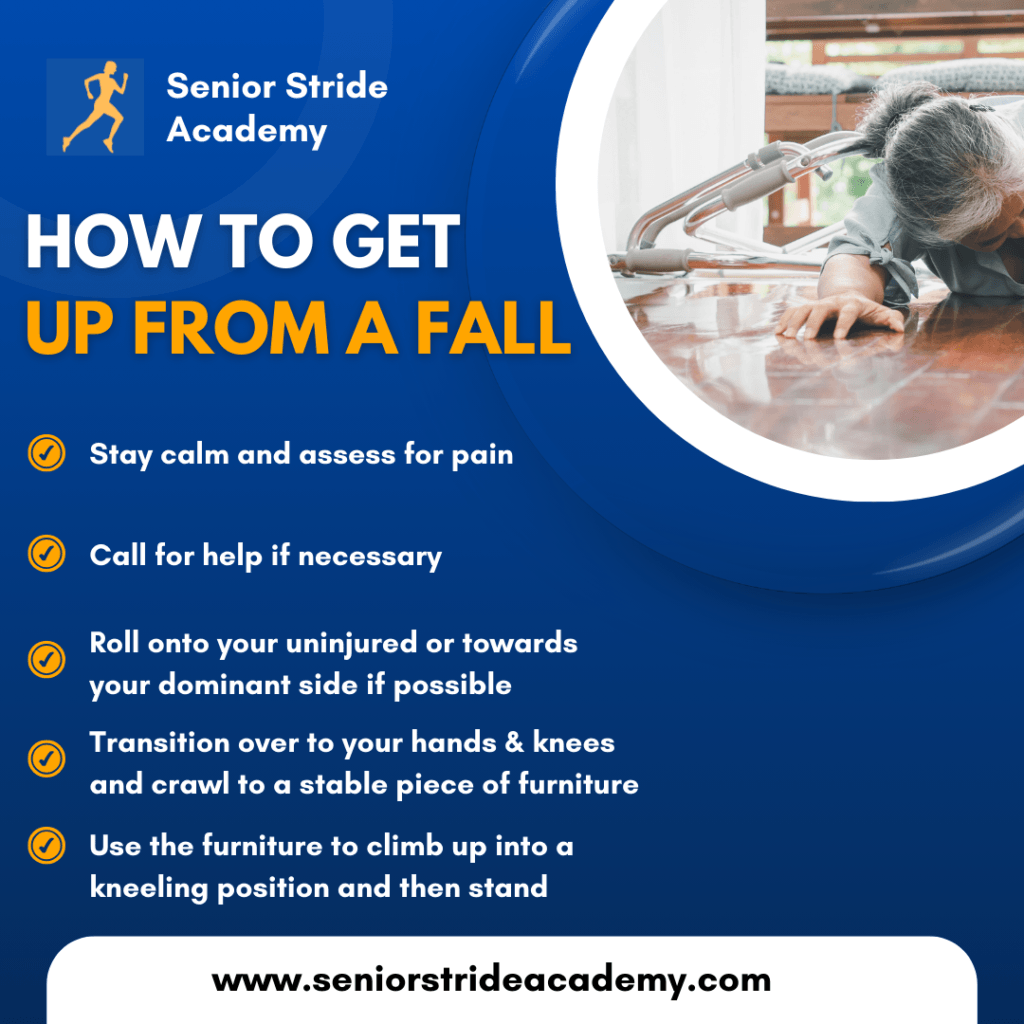
Preventing Future Falls
After recovering from a fall, it’s a good idea to evaluate why it happened and how you can prevent future falls.
This is especially true if this isn’t the first fall you’ve had.
Accidents happen and sometimes falls aren’t preventable, but if you’re falling frequently, it means something has to change.
Consider the following:
- Review your medications. Some medications can cause dizziness or affect balance. Talk to your doctor about any concerns.
- Exercise regularly. Strengthening exercises, particularly those focusing on balance, can significantly reduce the risk of future falls.
- Modify your home. Remove tripping hazards like loose rugs or clutter, improve lighting, and install grab bars in areas like bathrooms.
- Wear proper footwear. Shoes with good support and non-slip soles can provide better traction and balance.
Final Thoughts
Falls can be scary, but knowing how to respond can give you more confidence and prevent further injury.
The above technique for getting up after a fall is the preferred method, but in reality, it isn’t always doable.
If you fall in your home and don’t have any significant injuries, you may be able to get on your hands and knees and crawl to a couch to climb up.
But what if you fall outside?
If you do fall outside, I would still start with the same method – although instead of crawling for a piece of furniture, you may be aiming for a sturdy tree, vehicle, or set of stairs.
And if you don’t have the mobility or strength necessary to tolerate getting on your hands and knees, you may need additional assistance from a caregiver.
It’s also possible in these situations that you’ll have to call EMS to get professional assistance off the floor (even if you don’t need to go to the hospital).
Anyway, if you’re a caregiver, consider reviewing these steps with your loved one so they feel empowered to get up safely after a fall.
And if you or a senior is having frequent falls, please reach out to your primary care physician and request a physical therapy consult because they can offer individualized training to help you get off the floor (and prevent falls in the first place).
Well, I hope you found this article helpful and as always, if you have any questions of comments, just leave ’em below and I’ll get back to you shortly.
